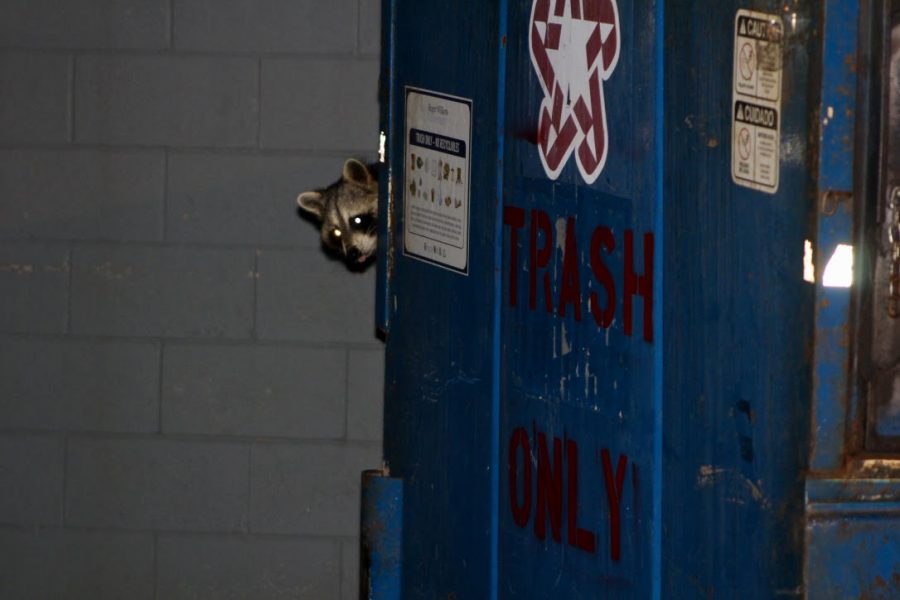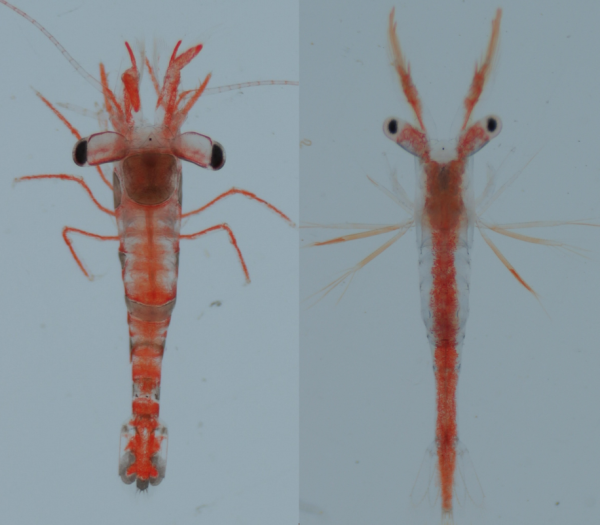Animal of the Week
RWU’s favorite campus companion: Raccoons
Brittany the Raccoon had some fine dining at the Bayside dumpsters.
By now, many students have become familiar with the local celebrity on campus, Brittany the Raccoon. Whether they’ve seen her in person or on the Barstool Instagram page, Brittany and her family are beloved staples of the Bristol campus. The raccoons seemed to develop a liking to the dumpsters behind Bayside and can be spotted munching on some trash after the sun goes down.
Raccoons are native to North America and groups of them are referred to as a nursery; they most often inhabit dens that are located in trees or caves. These masked eye creatures are omnivores and prefer grasshoppers or berries but will devour whatever they can get their little hands on, which is why they are so fond of trash cans and dumpsters. These grayish colored creatures can be between seven and 20 pounds and often live an average of two to three years in the wild, but can grow as old as 16.
Raccoons are relatively solitary creatures throughout the year until breeding season which occurs in the first six months of the year. Mother raccoons have a gestation period of two months and give birth to three to seven baby raccoons on average. The babies will stay with their mother through the winter and then leave in the spring.
Raccoons are adorable creatures and it can be tempting to get up close to the little bandits but it is strongly urged not to get too close. Raccoons are rather calm animals and are mindful of the humans around them but will become aggressive once they feel as though they have been provoked. It is important to remember that raccoons are known carriers of rabies and roundworm. Brittany and her species are quite fast on their feet and can reach speeds of up to 15 miles per hour. They can also survive a fall from 40 feet above the ground.
Emily Dvareckas graduated from RWU in 2022 with a degree in forensic science. She spent three years with The Hawks’ Herald as the photo editor...






